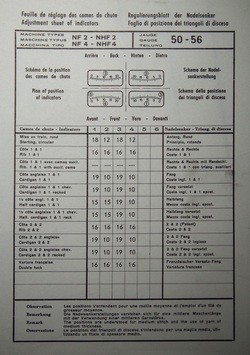 It's pretty fabulous outside in my corner of the world, but none the less I've been working away at studio housekeeping, acquainting myself with my new machines and ordering yarn. These cashmere/ lurex cones just came in and I love them! Below is a sample of how this yarn knits up. I like how each stitch is clearly defined. When knitted up in plain wool or angora, the springiness of the yarn, results in a less lacey look. A nice bonus which came with my machines are a series of gauge cheat sheets (like the one to the left) for refining particular stitch structures. For individuals just beginning on v-bed industrial knitting machines, finding the right gauge so you can start experimenting can take a long time and be really frustrating. At the top right it says Gauge 50-56 which is really Gauge 5-7. Charts like these are great for orienting your work and quickly working with tension formations so that later you can create customized charts of your own for particular yarns. I'll be placing them all in the Wiki section of my website as I upload them. I also have a facebook page I just started here. In the future I will be offering various sales and showing previews of my collections on that page.
0 Comments
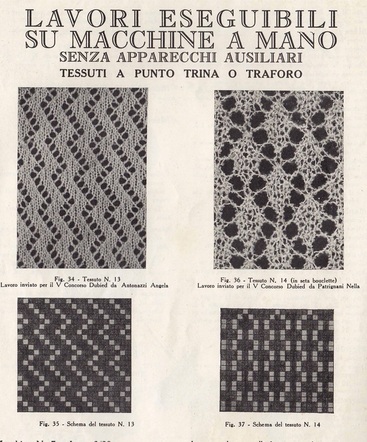 Here are some more machine knit punchcard patterns. These are from Revue De Tricotage. My particular magazines are from the early 1930's. I am really interested in the past popularity of machine knitting as a cottage industry. Sewing and knitting competence in the general population contributed to a vigorous market in patterns, and magazines ....but a move away from craft competence in the general public in recent decades has contributed to a marginalization of these skills. I am planning to set up a Wiki in support of these marginalized sewing and knitting patterns on my website. The beauty of these sophisticated patterns should not be lost. 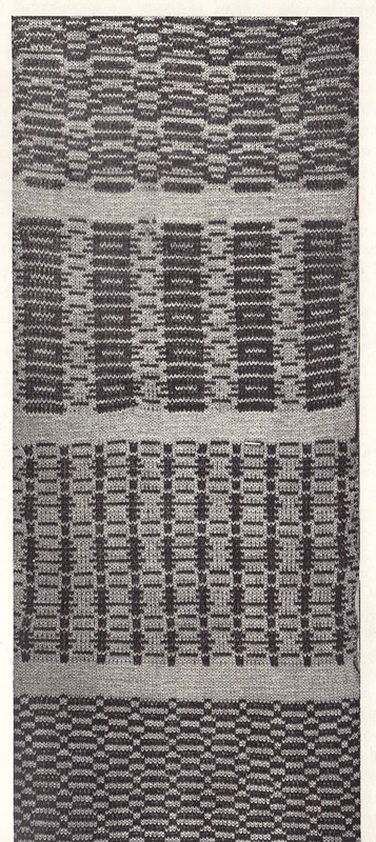 Subtle masculine patterns. 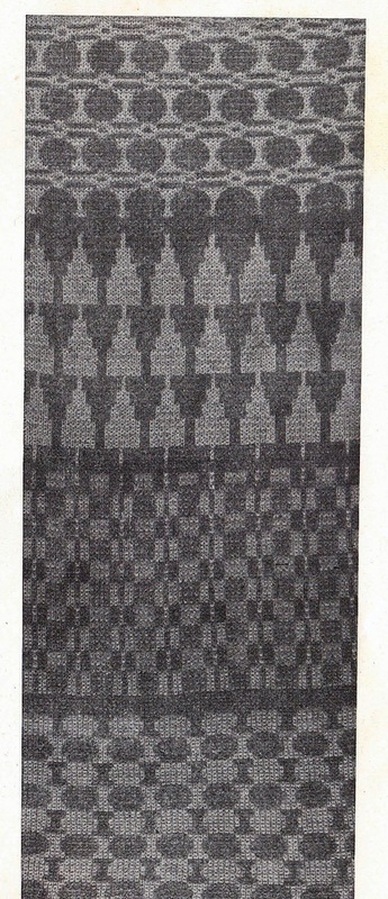 Graphic circles. 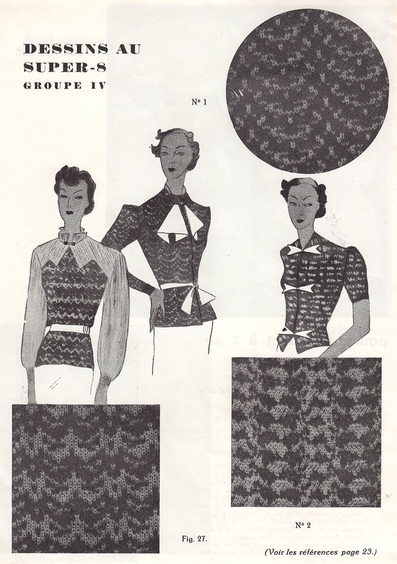 Missoni-esque. 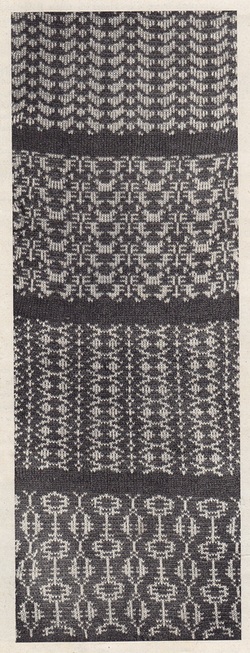 Not long ago I began collecting antique knitting machine magazines for inspiration. They have proved to be a wonderful source of patterning and knit silhouettes. These designs come from "Lavori Di Maglieria," an Italian industrial knitting machine publication which seems to have been in print from the 1930's to the mid 1960's. However, there are also publications such as "Revue Du Tricot" and "Tricotuese." Since all of the text is Italian, all I can tell you (with my limited understanding of the text) is that many of these patterns were punchcard patterns for Dubied Jacquard industrial machines ("Tipo Mut"). Punchcard Jacquard machines were the precursor to todays massive computerized machines. Punchcards could control both the shaping on a garment as well as graphic patterning depending on the machine. 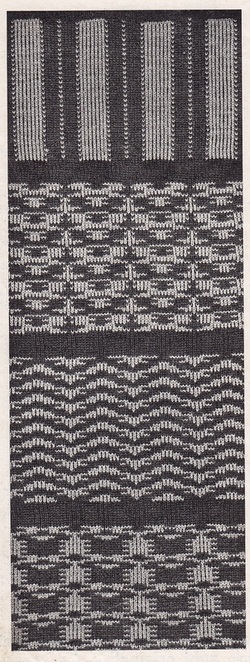 Each pattern has a reference number with technical info for colour changes, and the development of texture through tuck and slip. Similar books can be found in domestic knitting machine publications however I feel really attracted to the Art Deco-esque patterns. 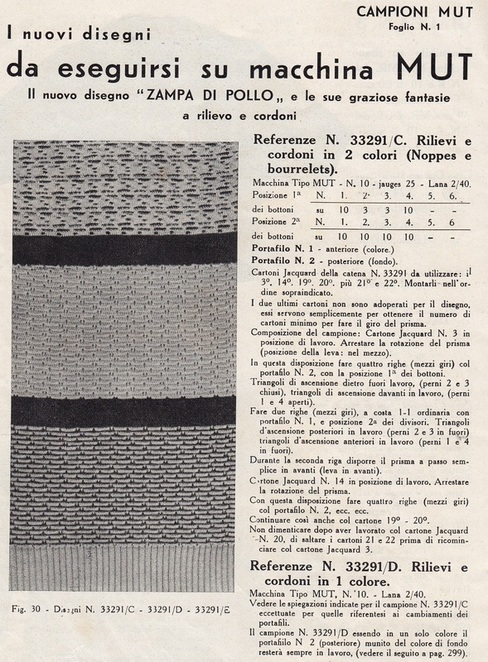 I left the surrounding text on the following images for interest. Aren't these textures beautiful? 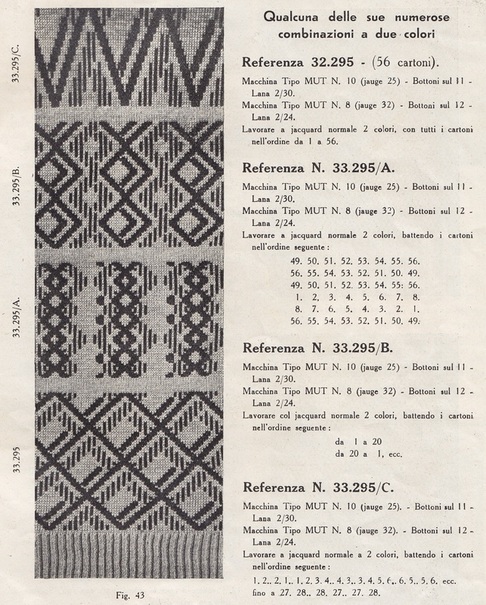 These are distinctly Art Deco, I have a whole series of these which conjure early cinema, urban city scapes and Modernity. 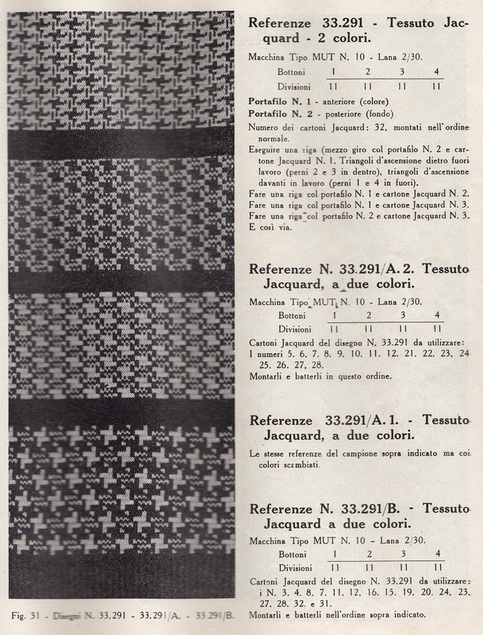 More simple yet charming patterns... For my Masters in Fashion studies I have focused on that place in 20th century history where women began to eschew corsets. A new more tubular body silhouette became popular and eventually pushed out the S-shaped Gibson girl of the Edwardian Era. In researching that place of change, I have discovered a world of particular matrimonial, sexual and boudoir social codes which influenced ladies underthings. Here is a visual list of garments (with captioned information where possible) which exemplify the stylistic tension that existed.
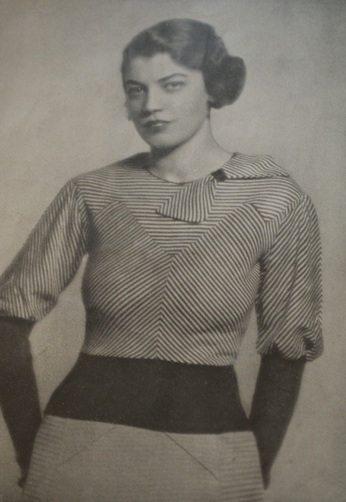 Last year I bought an industrial Dubied knitting machine. I was way over my head but really intrigued by the possibilities that a v-bed or double bed machine might yield. To make sense of it I went out and bought a modern Passap Duomatic which is also a double bed, but which is geared towards the domestic market....so more user friendly. Then, like any back boiler obsession, I picked up some back issues from 1933 of a magazine called "Lavori Di Maglieria." This magazine informs the knitting technician about current trends in shapes and stitches. The designs are quite modern..or perhaps my eye loves retro? Whichever it is I wanted to share these gems with you all. |
Anna is a Hamilton based knitwear and textile practitioner blogging about her collection development as well as pre-1950's knitwear technology.
Links
Emma Gerard Make something bookhou Iben Hoej krystalspeck workshop bespoke truckee amy lawrence designs Categories
All
|

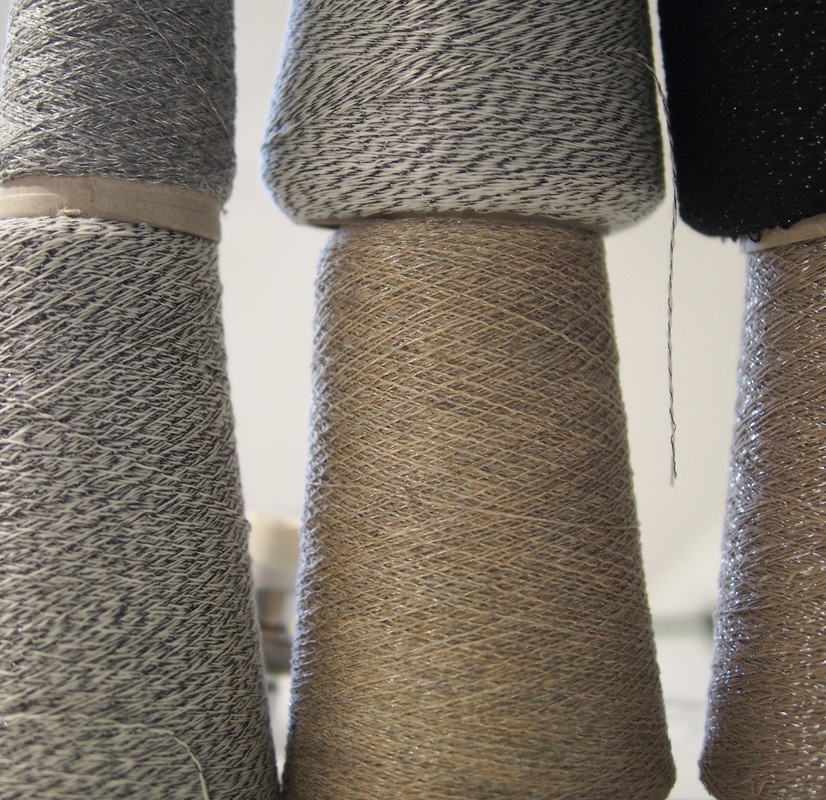
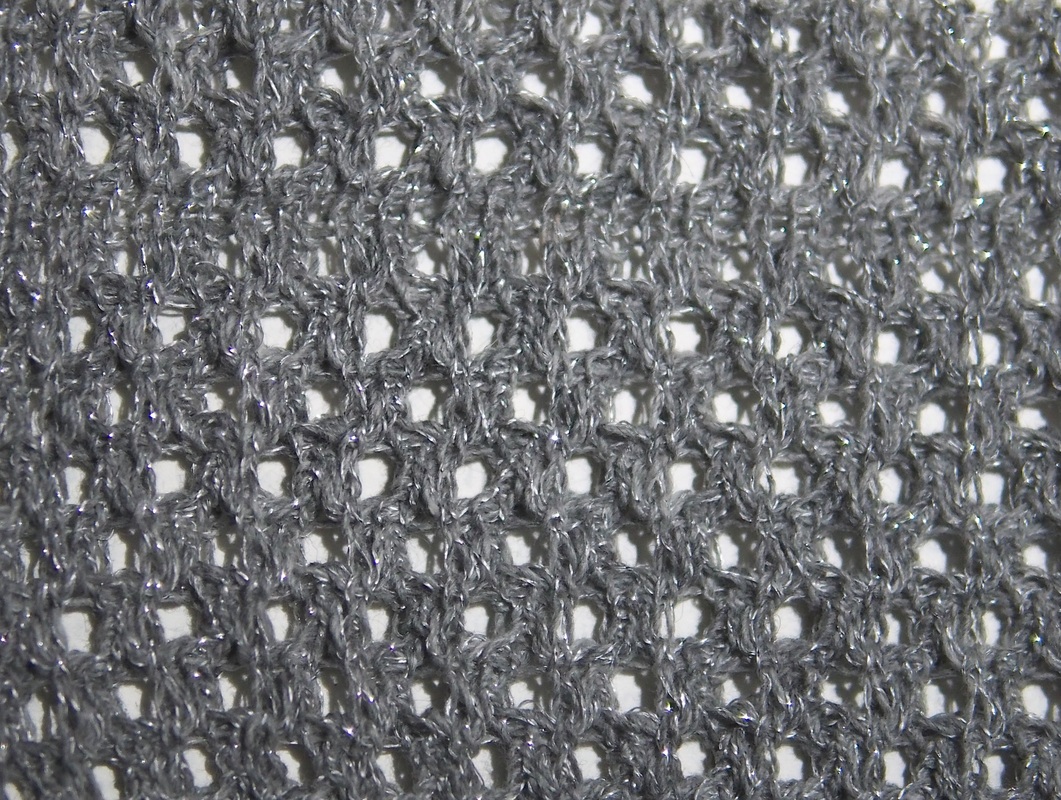
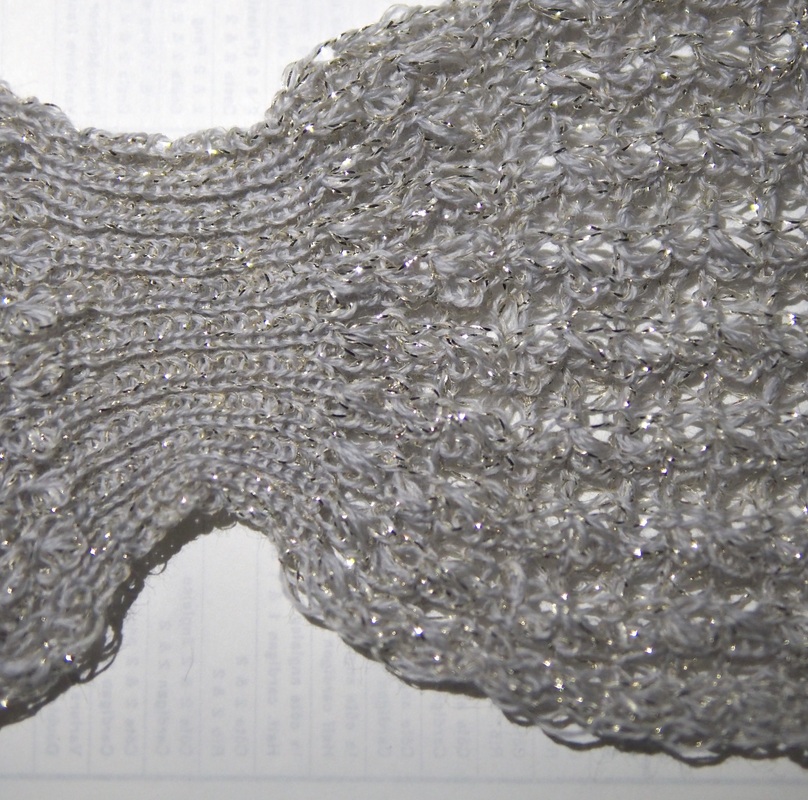
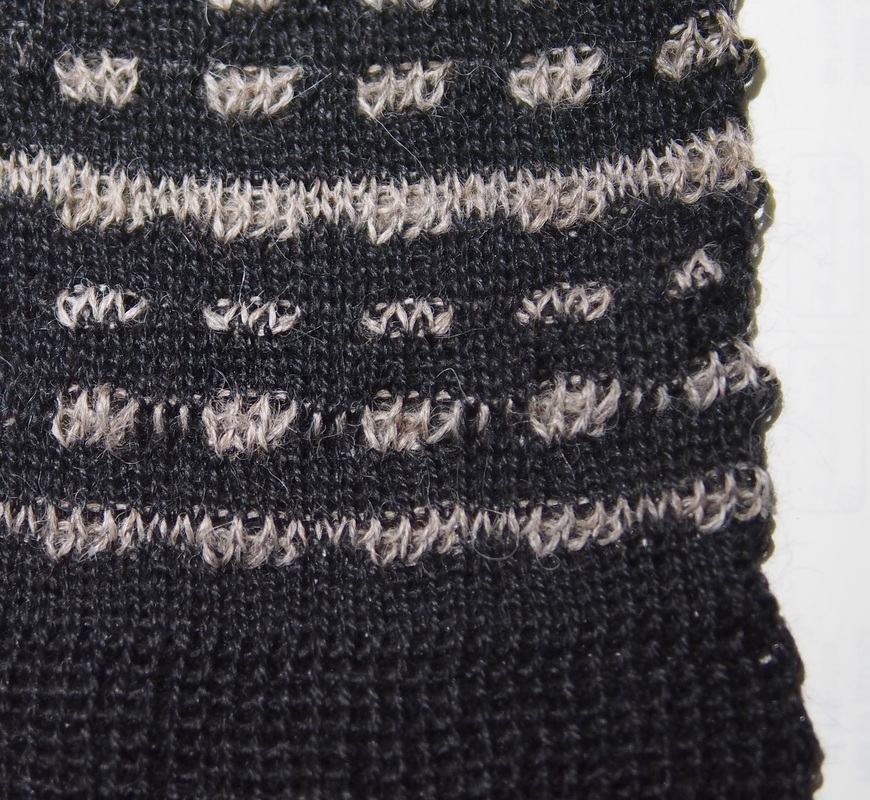
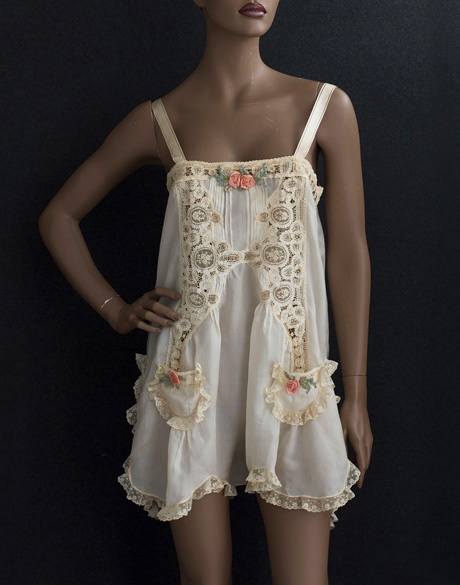
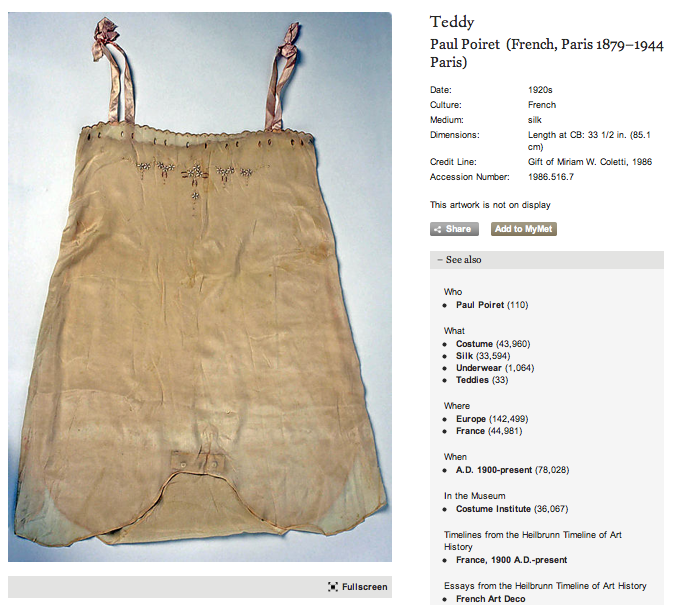
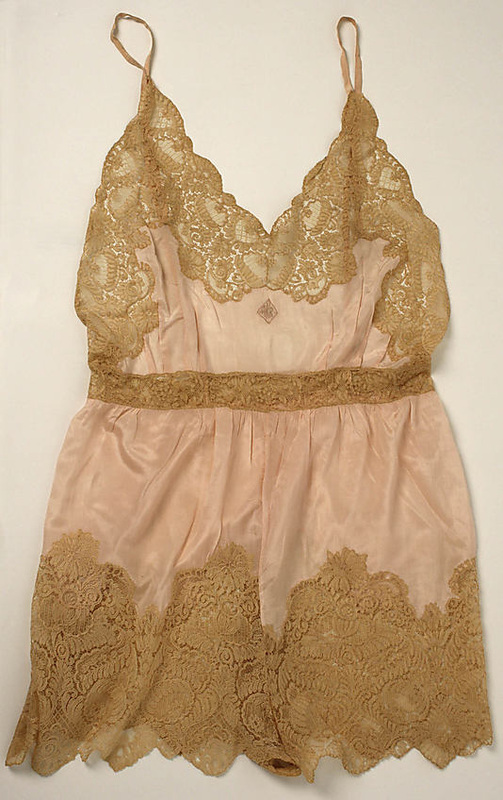
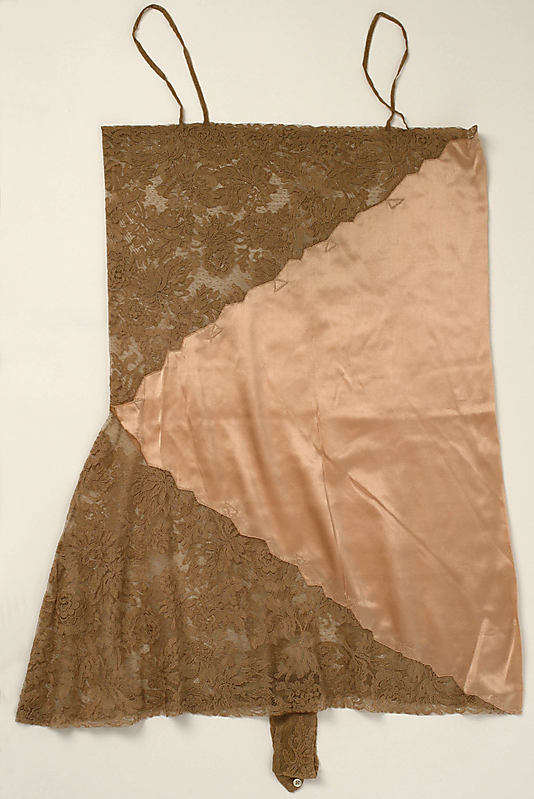
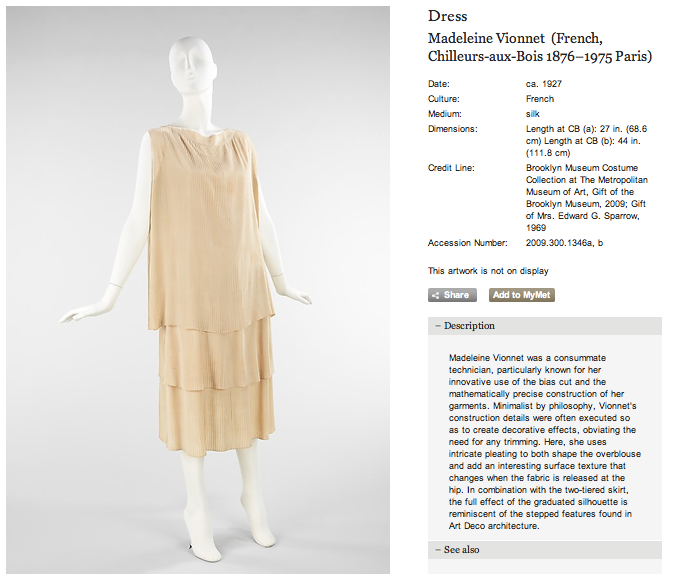
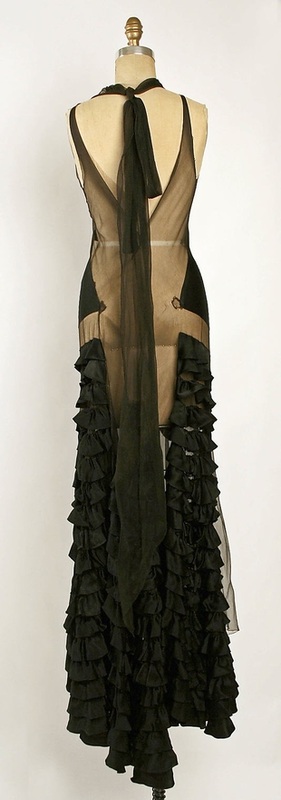
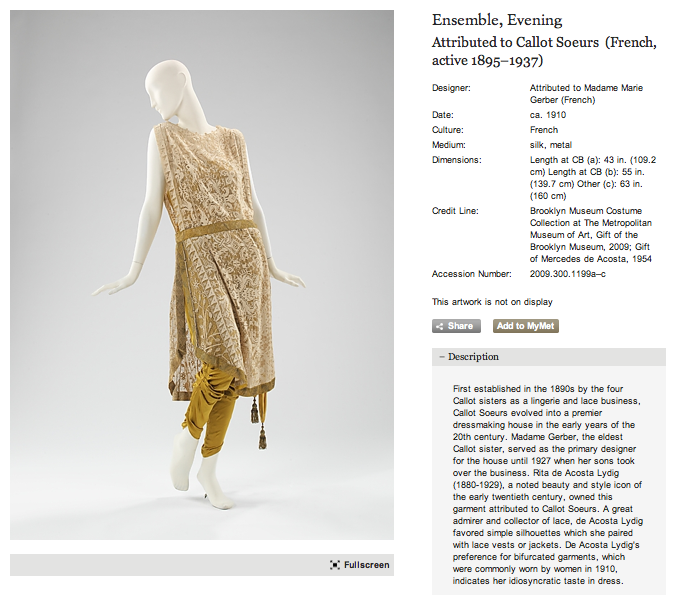

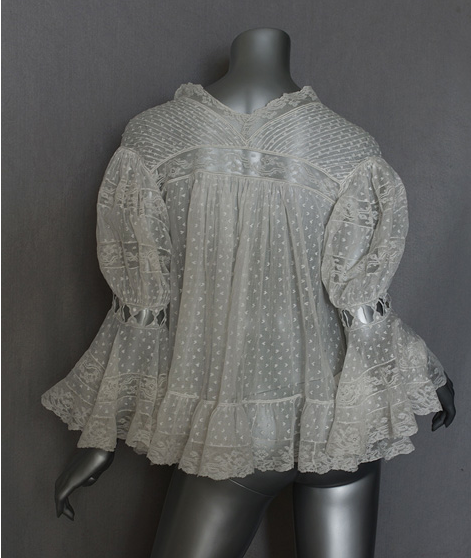
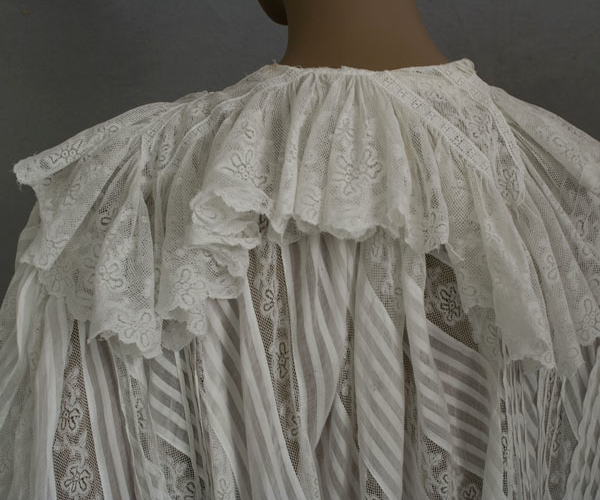
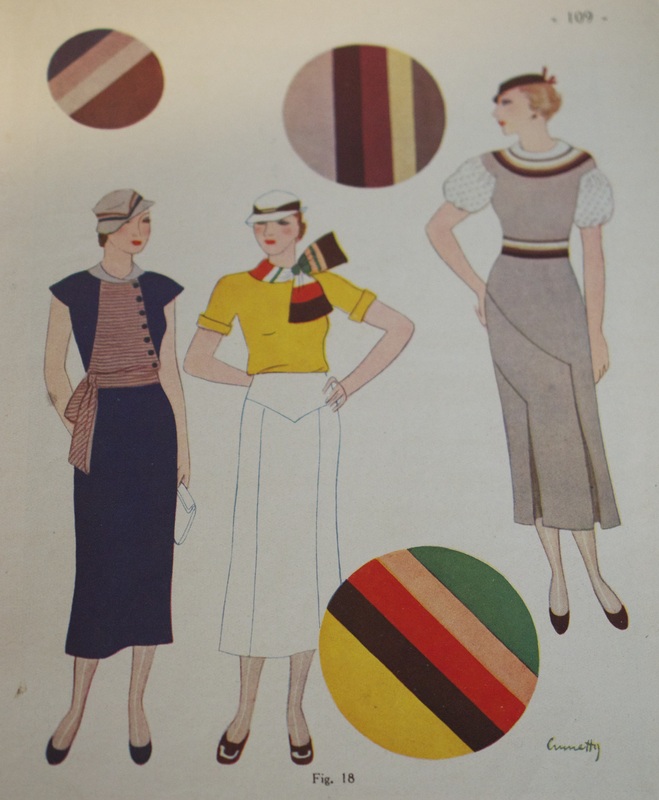
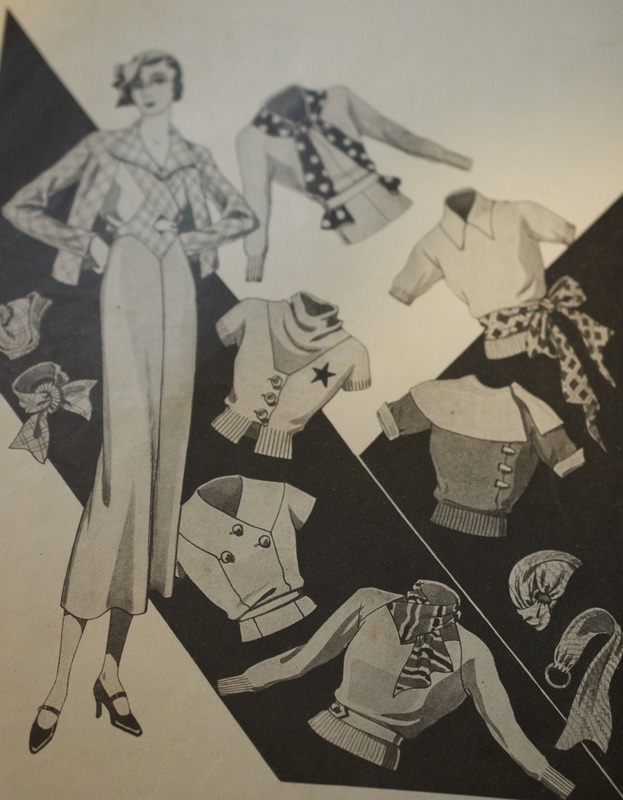
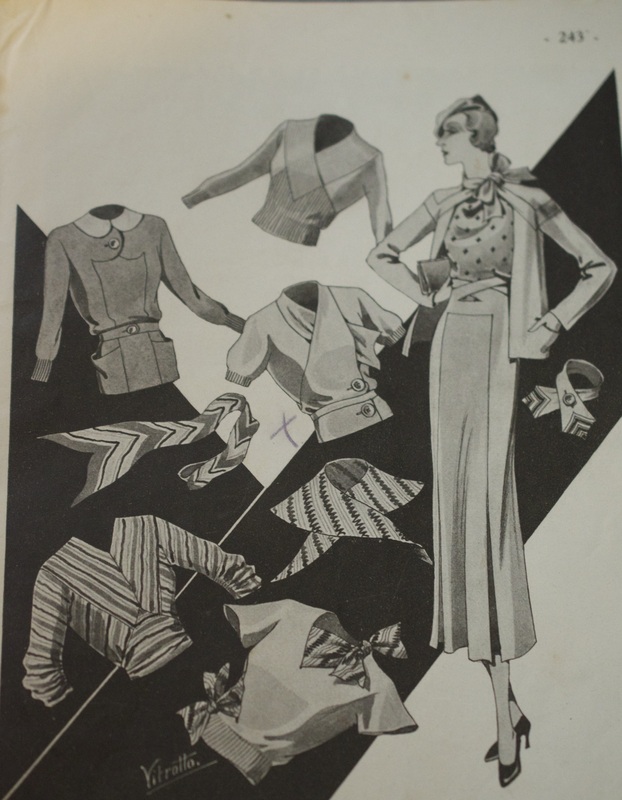
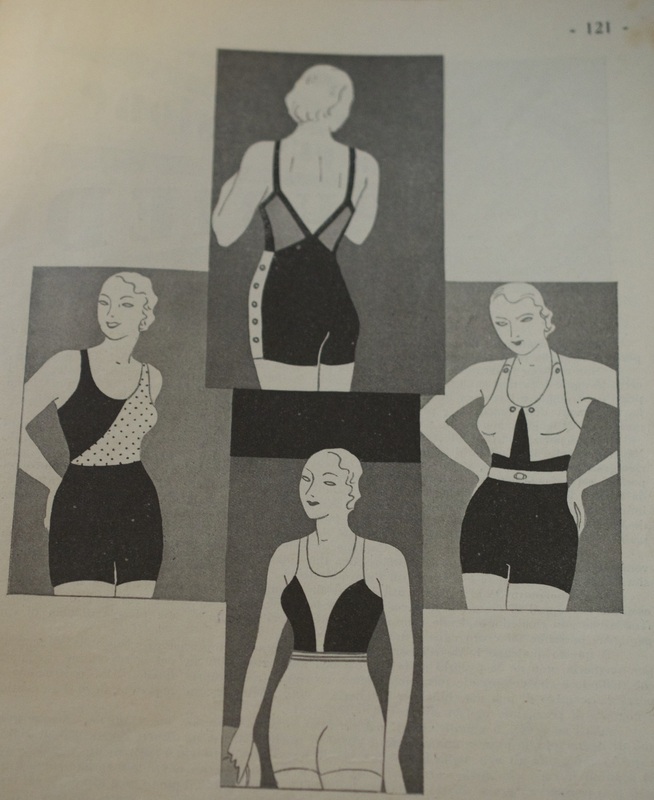
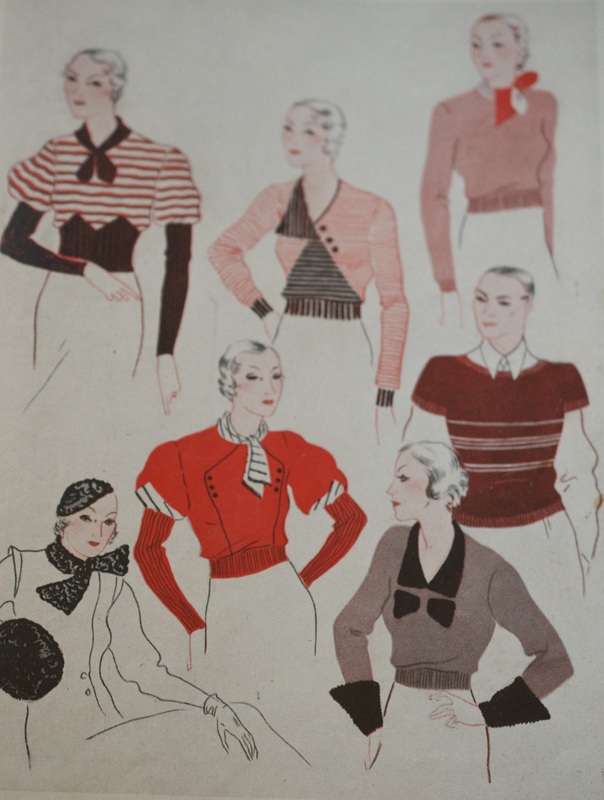
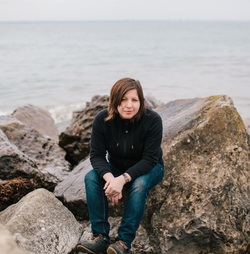
 RSS Feed
RSS Feed